Remember walking into your friend’s house after school and being greeted by that familiar orange shag carpet? The 1960s were a time of bold experimentation in home decor, when our parents threw caution to the wind and embraced styles that would make today’s minimalists gasp. From psychedelic patterns to space-age furniture, our childhood homes were colorful wonderlands that reflected the rapidly changing culture around us.
1. Shag Carpeting in Every Color of the Rainbow
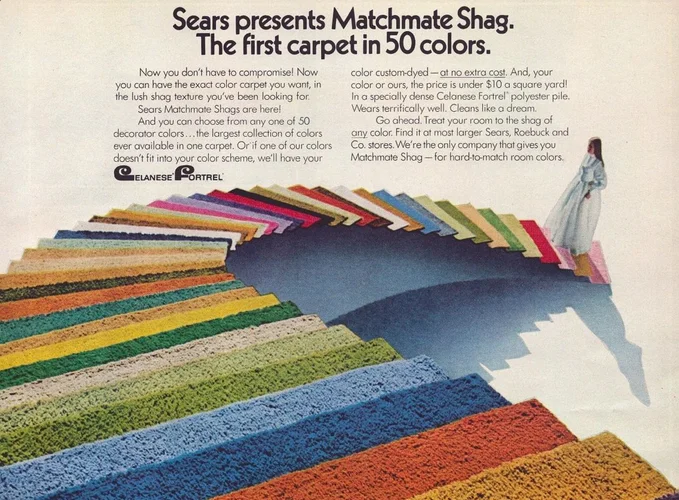
Nothing says “groovy 1960s home” quite like wall-to-wall shag carpeting in vibrant oranges, avocado greens, and sunshine yellows. These plush floor coverings weren’t just for the living room—many households extended them into bathrooms and even kitchens, where they absorbed every splash and spill from family dinners. Vacuum cleaners struggled mightily against these deep-pile carpets, often requiring special attachments just to clean the dense forest of fibers. According to Apartment Therapy, this colorful carpeting may be enjoying a comeback.
Parents would often coordinate the carpet color with the rest of the room’s decor, creating monochromatic spaces that enveloped you in a single bold hue. The ultimate status symbol was the white shag carpet, which required near-constant maintenance but signaled to visitors that you were sophisticated enough to keep it clean. Remember the plastic carpet protectors that created pathways through the house, crunching underfoot and preventing your mother’s prized flooring from being trampled?
2. Wood Paneling Everywhere
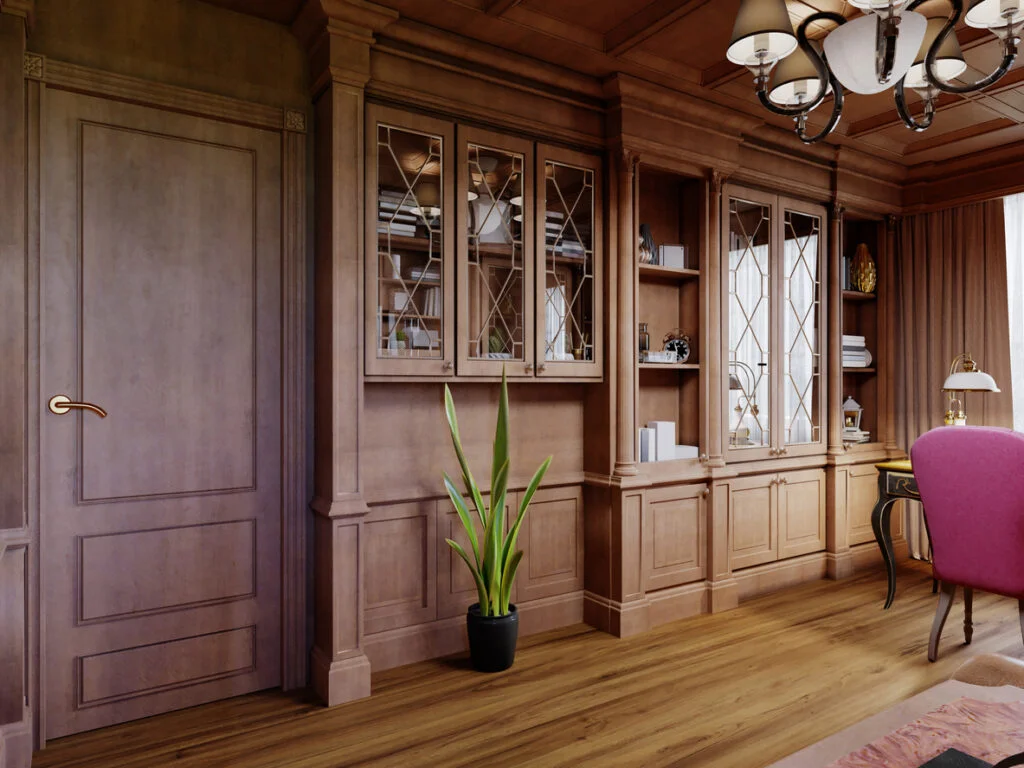
Dark wood paneling transformed suburban homes into what felt like rustic cabins, lining walls from floor to ceiling with sheets of grooved pine or faux-wood. Dad would spend weekends installing it himself, convinced it would add warmth and character to the family room where we huddled around the television. The paneling often extended to basement rec rooms, creating cave-like environments where teenagers could escape parental supervision while playing records or entertaining friends. Thankfully, House Beautiful reports that wood paneling is enjoying a resurgence, and then some.
These wood-lined walls became the backdrop for family photos, deer heads, and the occasional macramé hanging that Mom had made at her weekly craft circle. The warm tones paired perfectly with the heavy furniture of the era, creating a cozy if somewhat dim atmosphere that required extra lamps in every corner. Years later, parents would spend equally long weekends trying to remove or paint over this paneling as tastes changed, discovering too late how permanently these wooden sheets had bonded to the drywall.
3. Space Age Egg Chairs and Bubble Lamps
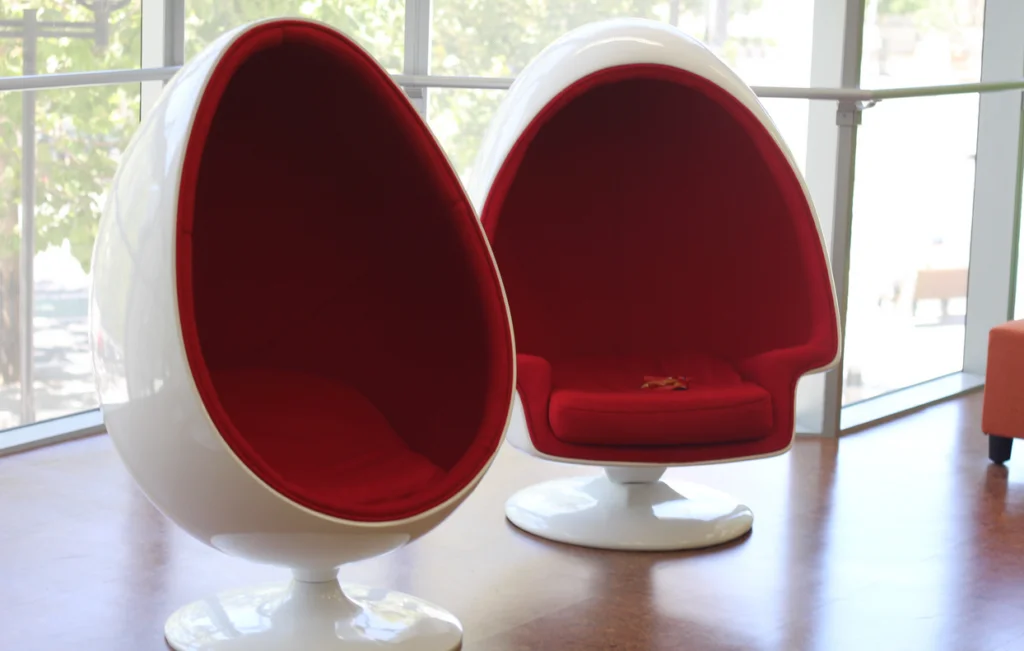
When the space race captured America’s imagination, our living rooms weren’t far behind with futuristic egg chairs and bubble-shaped hanging lamps. These pod-shaped seats swiveled on chrome bases, offering the perfect spot for reading the Sunday paper or pretending you were an astronaut headed to the moon. The clear plastic versions let light shine through, creating the illusion that you were floating in your own personal spacecraft right in the living room. ELLE Decor settles down for a history lesson behind this peculiar, nostalgic piece of furniture.
The matching bubble lamps hung from chains or stems, their plastic or fiberglass shells diffusing light into a soft glow above conversation areas. Some adventurous families opted for the ultimate statement piece: the ball chair, a completely enclosed sphere with an opening on one side and cushioned interior where you could retreat from the world. These pieces weren’t just furniture but conversation starters, embodying the optimistic future-focused spirit that defined the decade and our childhoods within it.
4. Conversation Pits
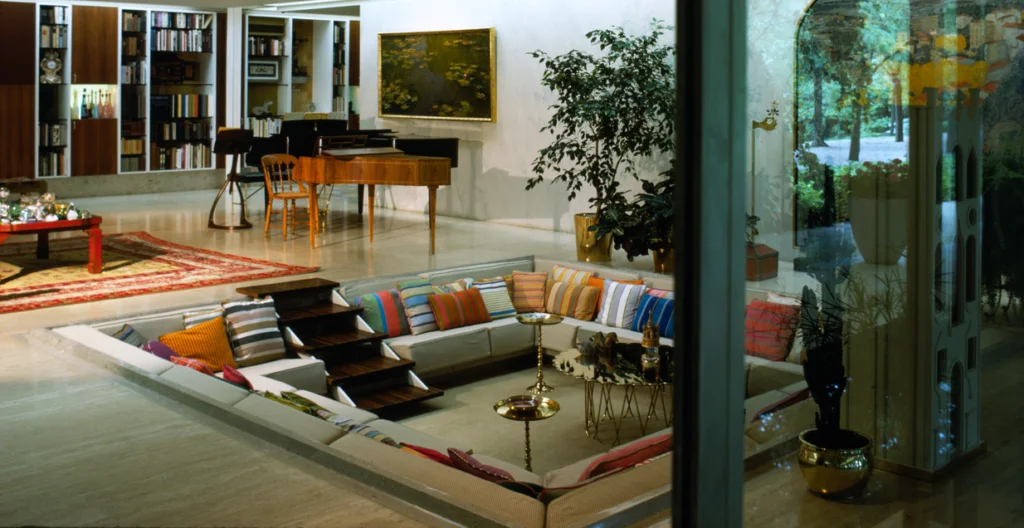
The conversation pit—a sunken living room area filled with continuous, built-in sofa seating—became the epitome of sophisticated entertaining spaces. These architectural features created natural gathering spots where parents hosted cocktail parties, their guests arranged in a circle facing each other rather than a television. Some were square or rectangular, while the most dramatic versions formed complete circles with steps descending into what felt like an adult playground. Yahoo Life reports that the conversation pit is making a comeback, with some pros and cons to consider when pursuing one.
The built-in seating was typically covered in bright fabrics or vinyl, with an abundance of throw pillows in contrasting patterns encouraging guests to get comfortable. At the center often sat a coffee table displaying the latest coffee table books or a fondue pot during parties that stretched late into the evening. Children found these spaces magical, perfect for building forts or sprawling out with friends during sleepovers when they could pretend the pit was a spacecraft or secret hideout.
5. Beaded Curtains and Room Dividers

Beaded curtains hung in doorways created magical transitions between rooms, the strands clicking and clacking as family members passed through. These curtains came in wooden beads, plastic discs, or even glass baubles that caught the light and cast colorful reflections across the floor when the sun hit them just right. Parents appreciated how these dividers provided a sense of separation without blocking light or requiring actual walls, perfect for the open-concept living that began gaining popularity.
Teenagers claimed these beaded passageways for their bedrooms, the gentle sound alerting everyone in the house when someone entered or exited the space. The patterns varied from simple stripes to elaborate scenes featuring peacocks, sunsets, or psychedelic swirls that seemed to move when you walked by. Some families would string their own curtains as weekend craft projects, carefully threading beads onto fishing line to create personalized dividers that expressed their artistic sensibilities.
6. Pop Art and Op Art Everywhere
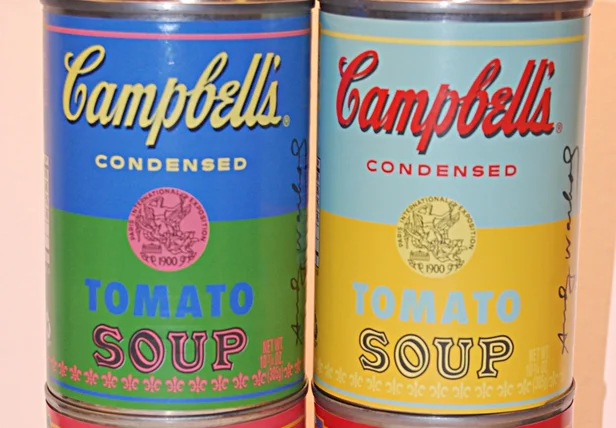
Bold, graphic pop art prints featuring oversized flowers, Campbell’s soup cans, and comic book-inspired imagery transformed ordinary walls into gallery-like statements. These vibrant works reflected popular culture’s growing influence on home decor, bringing Andy Warhol and Roy Lichtenstein into suburban living rooms across America. Parents who couldn’t afford original artwork displayed posters or mass-produced prints, democratizing art appreciation and introducing children to contemporary aesthetics.
Optical illusion-based op art created dizzying visual effects with black and white patterns that seemed to pulse and move as you walked past them. These eye-catching prints often appeared on everything from wall hangings to bedspreads, creating rooms that felt alive with movement and energy. The boldest families covered entire walls in op art wallpaper, creating spaces that both impressed and slightly disoriented visitors who weren’t prepared for the visual intensity.
7. Lava Lamps and Mood Lighting
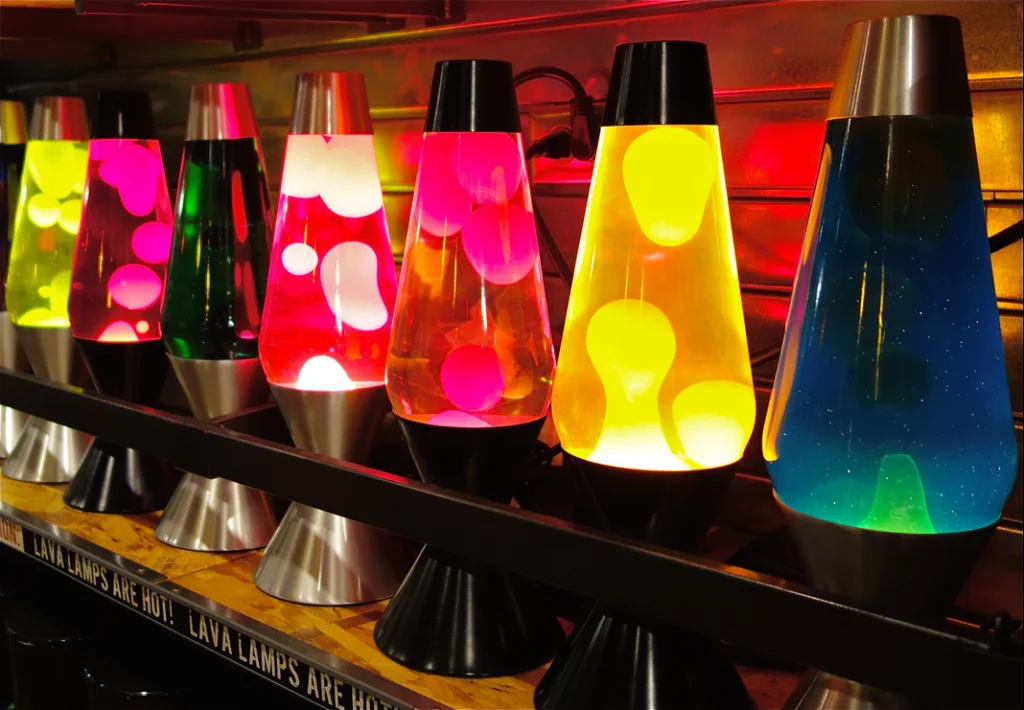
The hypnotic movement of lava lamps captivated family members of all ages as colorful blobs floated endlessly in their cylindrical glass homes. These iconic lights weren’t relegated to teenagers’ rooms—they appeared on living room side tables, home bars, and even formal dining rooms as conversation pieces. The soft, ever-changing glow created a relaxed atmosphere perfect for listening to records or entertaining guests during evening get-togethers.
Complementing these were color wheels that rotated in front of floor lamps, bathing rooms in slowly shifting hues that transformed ordinary spaces into psychedelic wonderlands. Fiber optic lamps with their spray of illuminated strands created starry effects in darkened corners, while black lights made posters and white clothing glow with otherworldly intensity. Parents and kids alike delighted in these lighting innovations that could transform the mood of a room with the flip of a switch, without the expense of redecorating.
8. Plastic Fantastic Furniture
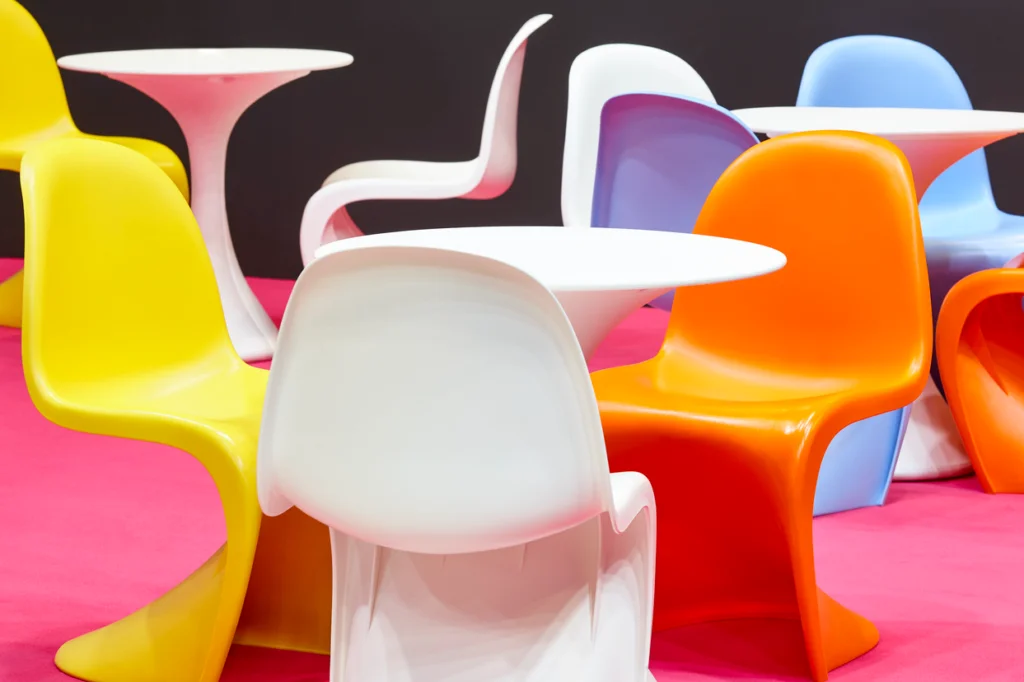
Molded plastic furniture in futuristic shapes and candy colors brought affordable modern design into middle-class homes across America. These lightweight chairs and tables could be wiped clean with a damp cloth, making them practical choices for families with young children or pets. The famous tulip chair with its single pedestal base eliminated the “forest of legs” found in traditional dining sets, creating a sense of space and modernity that fit perfectly with the forward-looking decade.
Inflatable furniture offered even more radical possibilities, with transparent PVC chairs and sofas that could be deflated for storage or moved easily between rooms. Children delighted in the squeaky bounce of these pieces, while teenagers appreciated the portable seating for impromptu gatherings. The material’s limitations became apparent over time as punctures and leaks were inevitable, but the brief lifespan of these pieces only reinforced the era’s embrace of novelty and planned obsolescence.
9. Danish Modern and Teak Everything
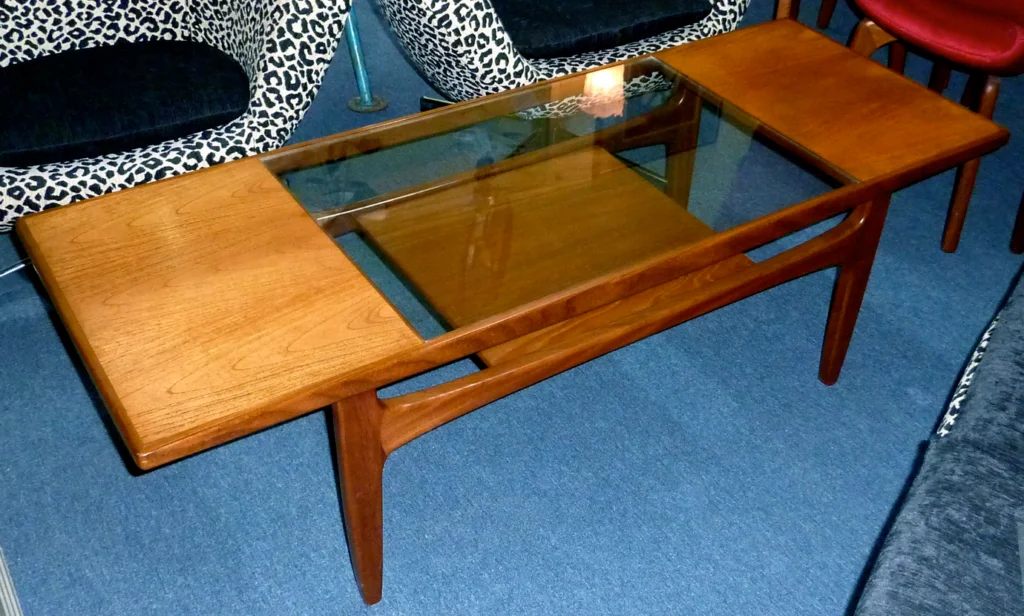
Clean-lined Danish modern furniture in warm teak wood offered an elegant alternative to the more flamboyant styles of the decade. These pieces featured gentle organic curves, minimal ornamentation, and impeccable craftsmanship that promised to last for generations. Parents invested in these designs feeling confident they wouldn’t quickly go out of style, unlike some of the decade’s more trendy offerings.
Teak wall units stretched from floor to ceiling, displaying collections of books, pottery, and family photographs in carefully arranged vignettes. The dining tables often extended with ingenious leaf systems to accommodate large family gatherings, while the chairs were surprisingly comfortable despite their sculptural appearance. The wood required regular oiling to maintain its honey-gold luster, a weekend ritual many homeowners performed faithfully, filling the house with the distinctive smell of lemon oil that became part of the sensory memory of childhood.
10. Indoor Plants Became Statement Pieces
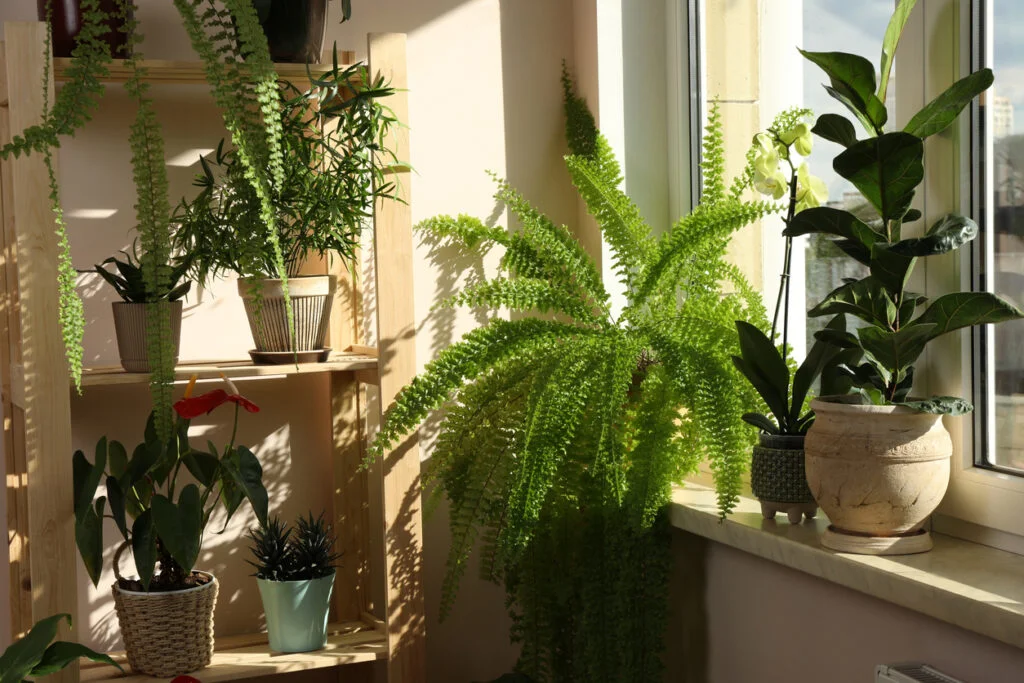
Plants weren’t merely accessories but architectural elements in 1960s homes, with massive specimens creating indoor jungles that divided living spaces. Towering rubber plants and fiddle leaf figs reached toward ceiling beams, while hanging plants cascaded from macramé holders in every available corner. Weekend trips to the garden center became family outings as parents searched for the next leafy addition to their growing collection.
Spider plants produced babies that were rooted in water glasses along windowsills, then shared with neighbors and colleagues in an informal plant exchange network. The ubiquitous fern stand—a multi-tiered display specifically designed to show off a variety of plants—became a status symbol in entryways and living rooms across the country. Children learned responsibility by helping to water these green roommates, using colorful watering cans that coordinated with the home’s decor scheme.
11. Sunken Bathtubs and Colorful Bathroom Fixtures
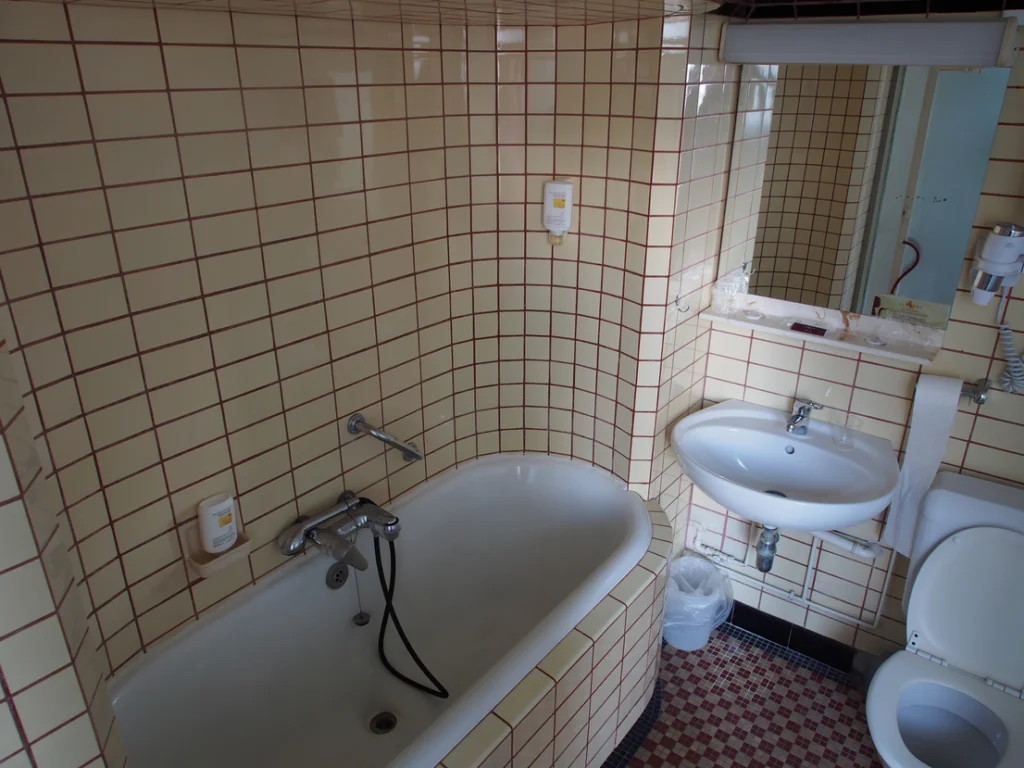
The bathroom evolved from a purely functional space to a personal spa, with sunken Roman-style tubs surrounded by steps and often lined with colorful mosaic tiles. These luxurious soaking tubs, sometimes large enough for two, represented the growing focus on personal relaxation and self-care that emerged during the decade. The more adventurous homeowners installed conversation-worthy features like champagne-glass shaped tubs or tubs with built-in seats and whirlpool jets.
Bathroom fixtures in harvest gold, avocado green, and powder blue replaced the clinical white of previous decades, coordinating with matching towels and bath mats for a cohesive look. Wall-to-wall carpeting often extended into these spaces despite the practical concerns about moisture, creating a plush feeling underfoot that outweighed maintenance worries. The bathroom phone extension—enabling long conversations while soaking in bubbles—became the ultimate luxury for teenagers who valued privacy during their marathon calls with friends.
12. Bold Geometric Wallpaper
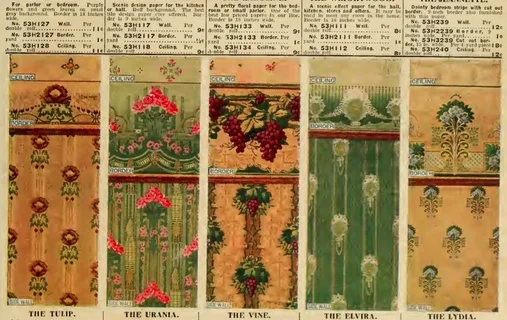
Wallpaper exploded in popularity with patterns so bold they could induce headaches—massive floral prints, intersecting circles, and dizzying geometrics covered walls from floor to ceiling. Homeowners didn’t limit these dramatic designs to accent walls, instead wrapping entire rooms in patterns that today’s designers would use sparingly. The wallpaper often coordinated with matching fabric for curtains and bedding, creating immersive environments where pattern dominated every surface.
Installing these eye-catching papers became a weekend project for many households, with Dad carefully measuring and cutting while Mom mixed the paste and ensured the patterns lined up properly. The commitment was significant, as removing these papers years later would prove to be a nightmare task involving steamers, scrapers, and perhaps a few choice words not suitable for younger ears. Many baby boomers still shudder at the memory of helping their parents hang wallpaper, passing tools and trying not to crease the delicate paper as it was positioned.
13. Pole Lamps and Tension Rods
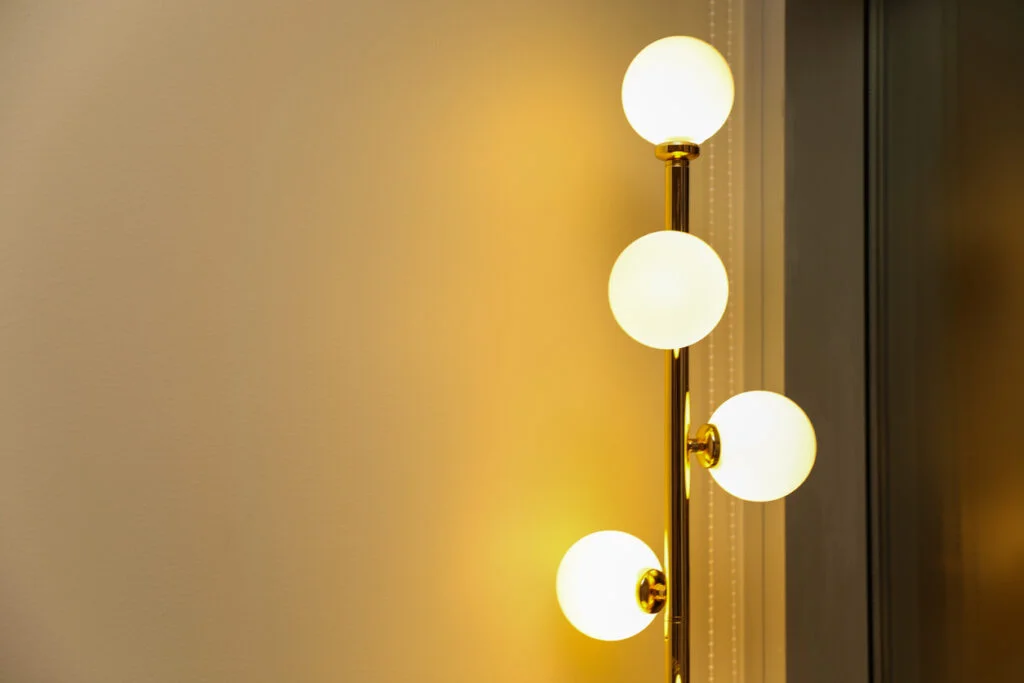
The pole lamp—a floor-to-ceiling tension rod with multiple adjustable light fixtures—solved lighting problems without requiring electrical work or taking up table space. These versatile lamps could be installed and removed without damaging rentals, making them popular with young families who hadn’t yet purchased their forever homes. The individual lights could be aimed in different directions, providing task lighting for reading, hobbies, or homework all from a single source.
The same tension rod technology expanded into room dividers, plant stands, and shelving units that could be reconfigured as family needs changed. These practical pieces often featured walnut-look finishes with brass accents, blending with various decor styles while providing valuable functionality. Children were fascinated by how the tension mechanism worked, though parents lived in mild fear that an enthusiastic youngster might dislodge the pole, sending lamps crashing onto the shag carpeting below.
14. Bar Carts and Built-In Home Bars
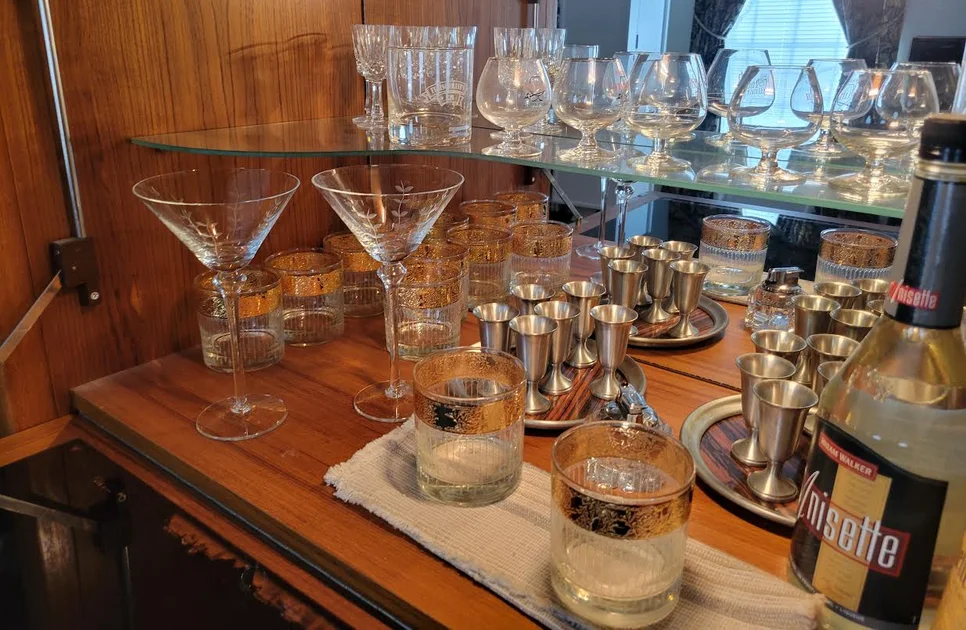
The cocktail hour became a domestic ritual, celebrated with dedicated bar carts or built-in bar areas complete with specialized glassware and tools. These sophisticated entertainment stations featured gleaming ice buckets, colorful swizzle sticks, and recipe books for creating the latest trendy concoction. Hosts took pride in their mixology skills, offering guests Manhattan cocktails, Tom Collins, or Harvey Wallbangers served with flourish from these dedicated spaces.
The most committed entertainers installed permanent wet bars in recreation rooms or living areas, complete with sinks, refrigerators, and mirrored backsplashes that reflected bottles of amber liquids. Children viewed these adult domains with curiosity, fascinated by the specialized tools like jiggers and shakers, occasionally being treated to Shirley Temples with extra cherries while the grown-ups enjoyed stronger refreshments. These bars represented the social nature of the era, when entertaining at home was an art form and having friends over for drinks was a regular weekend occurrence.
Those psychedelic, plastic-fantastic days may seem like a distant memory now, but they shaped our understanding of what makes a house a home. Today’s grandchildren might giggle at photos of these design choices, but those of us who grew up surrounded by avocado appliances and lava lamps know there was something special about that era of unbridled creativity and optimism. Perhaps today’s neutral-loving decorators could learn something from the bold choices of the 1960s—after all, a little shag carpeting never hurt anyone, except perhaps the poor vacuum cleaner.


